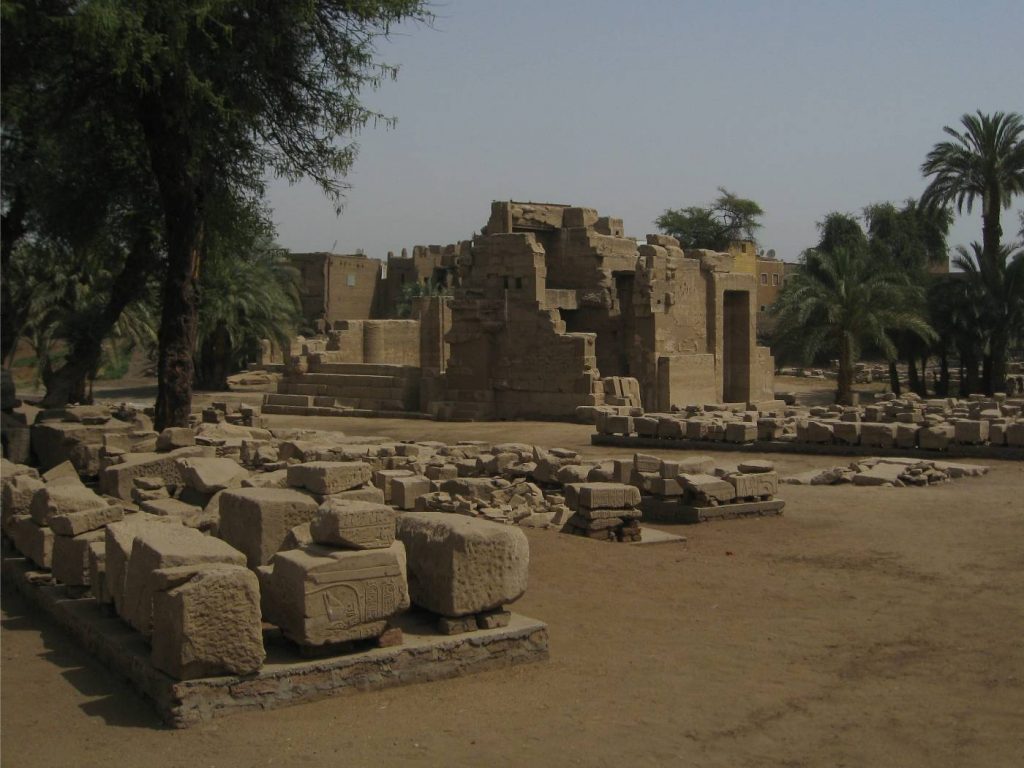El Tod is one of the archaeological sites in Qena Governorate On the eastern bank of the Nile to the south of Armant. It is a city of a great history dating back to the Old Kingdom and encloses a number of monuments that traces back to various historical phases. On its land stands a mud-brick chapel from the beginning of the Fifth Dynasty as well as a block of granite bearing the name of King Sahure were found. The kings of the Middle Kingdom showed great interest in this site: King Mentuhotep II constructed a temple for god Montu, to which King Mentuhotep III and Senusert I added other annexes. The interest in the temple and the site increased in the New Kingdom: King Thutmosis III and others from the New Kingdom contributed to the restoration of the temple and added new constructions. In the Ptolemaic Period, King Ptolemy VII constructed a new temple with a sacred lake. Then, in the Roman times, a kiosk was added.
Treasure of El Tod

The treasure of El Tod was discovered on 8 February 1936 by a French team led by Fernand Bisson de la Roque, underneath the remains of the Middle Kingdom Temple. Given the name 'El-Tod Caché', the discovery consists of four cast copper caskets containing various pieces of lapis lazuli, gold , silver vessels, silver ingots and other items. The lids and front cartouche of the boxes bear some names and titles of Amenemhat II (of the Twelfth Dynasty). Scholars suggest that this was a deposit of foreign tribute. The treasure was divided between Cairo and the Louvre.

